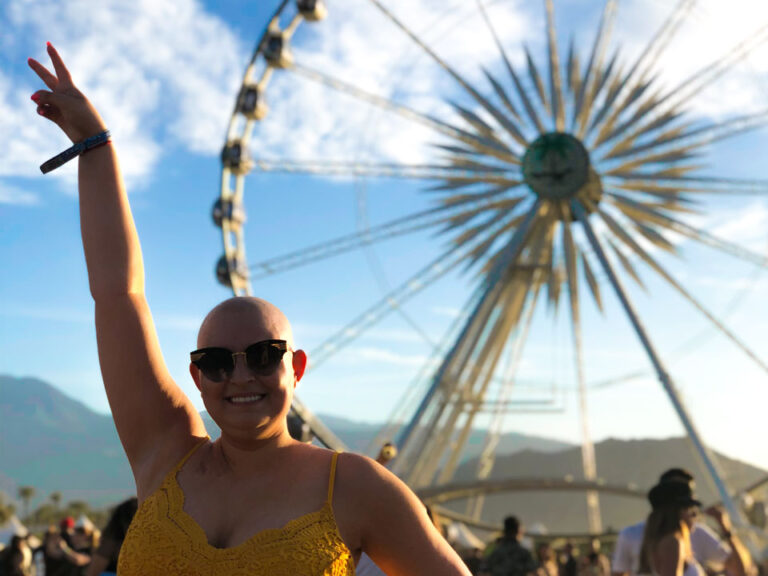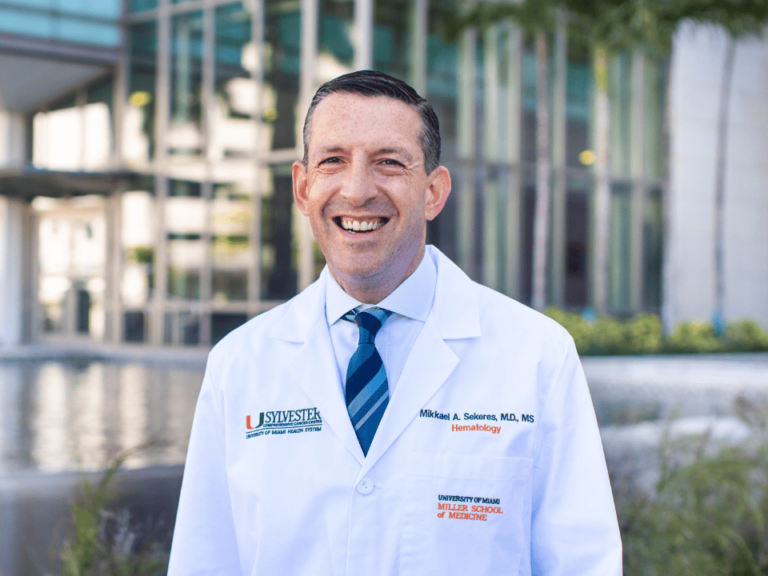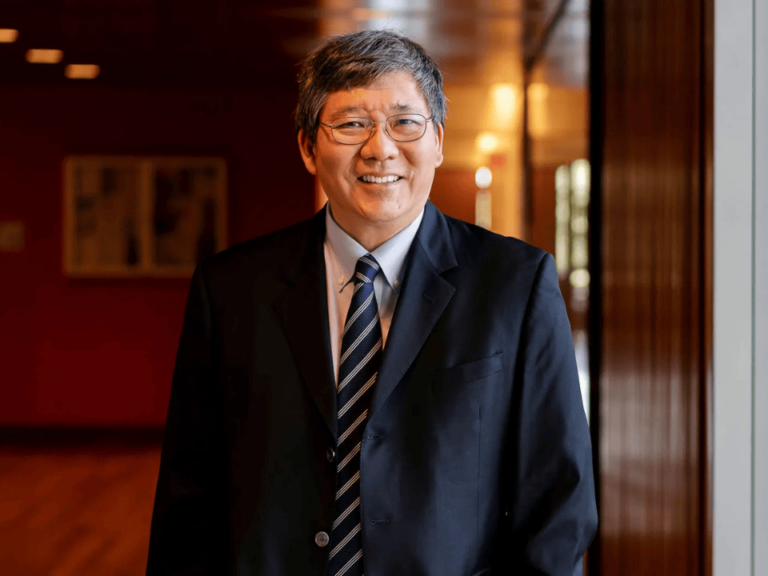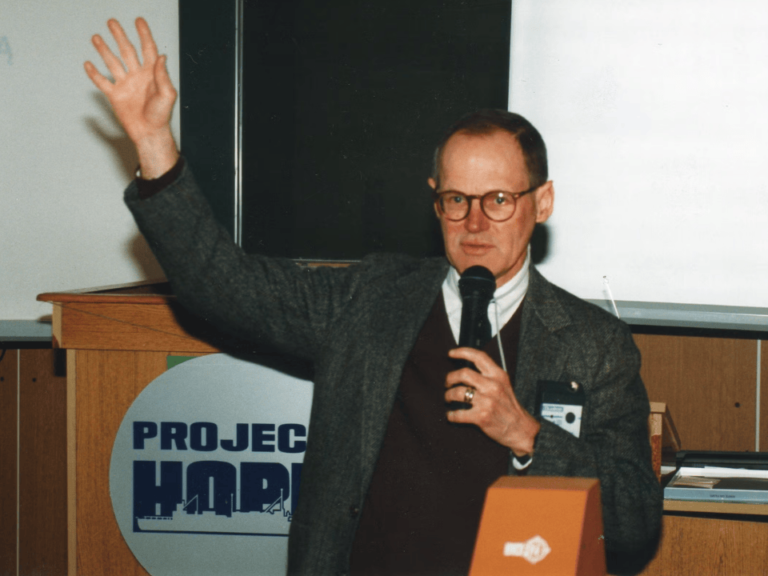

Primo Nery Lara was named director of the UC Davis Comprehensive Cancer Center.
Lara replaces Ralph de Vere White, who retired in 2016. As director, Lara will hold the Codman-Radke Chair in Cancer Research and serve as executive associate dean for cancer programs. Lara has served as acting director since July 2016 and was selected for the permanent position after a national search.
He is the first Filipino-American to lead an NCI-designated cancer center, the cancer center said.
Known to most as “Lucky” Lara, the new director began his career at UC Davis as a hematology-oncology fellow specializing in cancers of the lung, prostate and bladder. He was invited to join the faculty in 1999.
Lara has served as the cancer center’s associate director for translational research since 2008.
In March, Lara was named incoming deputy chair of SWOG, where he will also oversee the National Clinical Trials Network portfolio of treatment trials.
UC Davis is the only NCI-designated comprehensive cancer center that cares for patients throughout the Central Valley of California, a diverse region of more than five million people.
Lara serves as principal investigator of the NCI-funded K12 Paul Calabresi Clinical Oncology Training Grant, which trains junior faculty scholars to be independent, patient-oriented cancer researchers.
Lara’s key priorities include building upon the multi-disciplinary programs and projects across UC Davis to develop novel approaches to diagnose, monitor and treat cancer:
Comparative oncology, which teams medical, radiation, and surgical oncologists at the cancer center with veterinary oncologists to test novel therapies or biomarkers in canine cancer patients that can be more rapidly translated into human clinical trials. One study, for example, explores integrating immunotherapy with radiation therapy for dogs with cancer—which led to clinical research now underway at the cancer center in human patients.
Biomedical engineering, to design and build tools to better diagnose, track and treat cancer. EXPLORER, for example, will be the world’s first total-body PET scanner, capable of imaging the entire body with high resolution, while using less radiation and potentially transforming the way cancer treatments can be delivered and evaluated in the clinic.
Nanotheranostics, a field of study that integrates imaging and therapy in a single platform, allowing scientists to develop drugs that specifically target cancer cells and monitor how drugs are released and distributed in the body. Nanotheranostics will allow providers to predict whether a drug reaches its tumor target and may be more effective than standard untargeted therapies.











